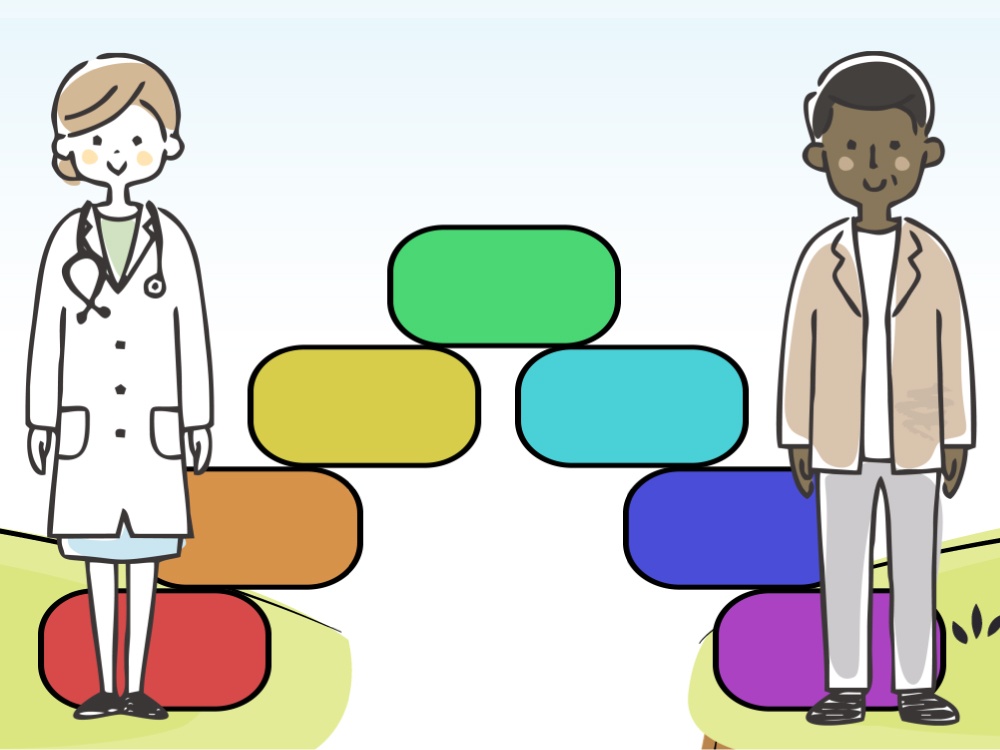Launched in April 2024 with a £7.5 million investment, the LifeArc Centre’s translational research efforts focus on bridging the gap between laboratory discoveries and patient care, aiming to:
- Enhance diagnostics: developing more accurate and timely diagnostic tools to identify mitochondrial disorders earlier.
- Advance treatments: translating laboratory findings into effective therapies that can be tested in clinical trials and eventually made available to patients.
- Foster collaborations: uniting experts across various disciplines to share knowledge, resources and strategies, accelerating the development of solutions for mitochondrial diseases.
Through these initiatives, the LifeArc Centre for Rare Mitochondrial Diseases exemplifies translational research by transforming scientific discoveries into tangible health benefits for those living with rare mitochondrial diseases.
But what is translational research?
Translational research is about turning scientific discoveries into real-world solutions that help people.
Watch our video explainer with Maria, Research Manager at The Lily Foundation:
Imagine a bridge between a science lab and a patient.
At one end, scientists work in the lab, studying diseases, finding potential treatments and then working to make those treatments available to patients.
At the other end, patients wait, hoping for new treatments that can improve their lives.
This is where LifeArc becomes the bridge.
The bridge isn’t a simple structure, it’s made up of many essential parts:
- Research funding.
- Clinical trials.
- Regulatory approval.
- Partnerships.
- Innovation.
Each part of the bridge is a step forward – bringing discoveries closer to the people who need them most.
Imagine a scientist in the lab identifying a promising new molecule that could help fight mitochondrial disease. That’s just the beginning of the journey. The bridge must now be built, step by step:
- Preclinical research: scientists test the molecule in the lab and refine it into a safe, effective drug candidate.
- Clinical trials: the drug is tested in humans, ensuring it works and is safe.
- Regulatory approval: the treatment undergoes strict reviews before it can reach hospitals and clinics.
- Patient access: finally, the treatment becomes available, improving lives.
Without the bridge, discoveries remain stranded in the lab. But with LifeArc guiding the process, scientific breakthroughs can cross into the real world, turning hope into tangible, life-changing treatments.
Translational research is about taking what we learn in the lab and using it to improve health, medicine and technology as quickly and effectively as possible.
Now you see how important this is in the search for mitochondrial disease treatments.



